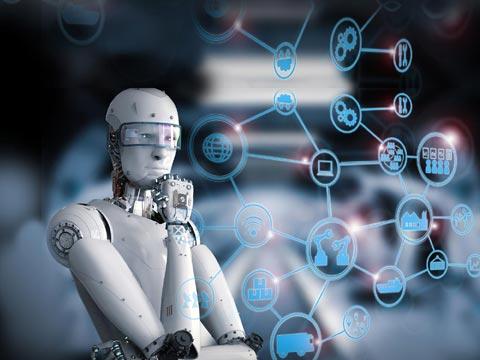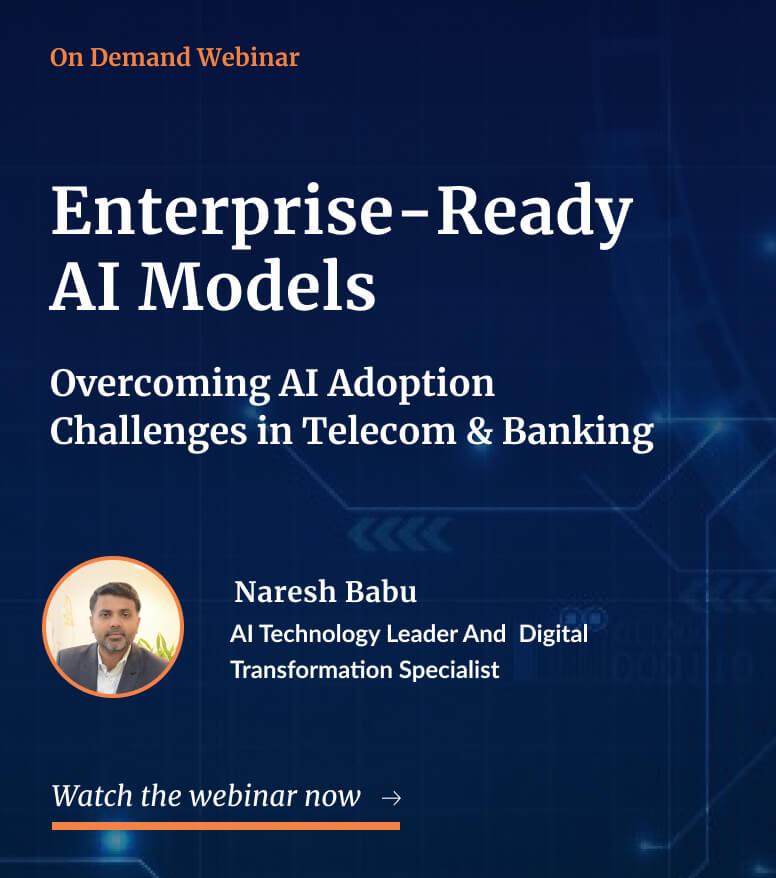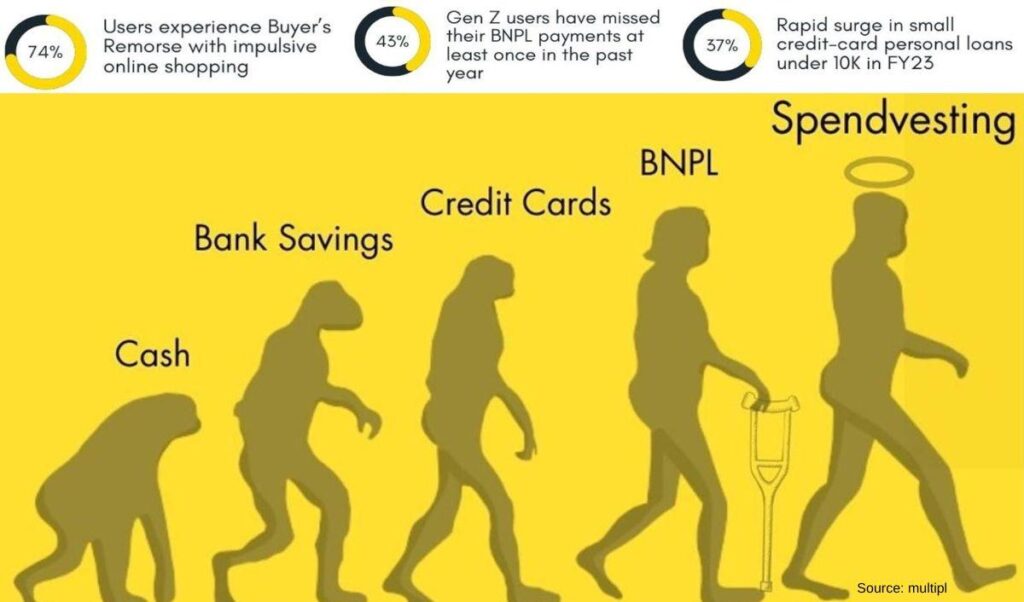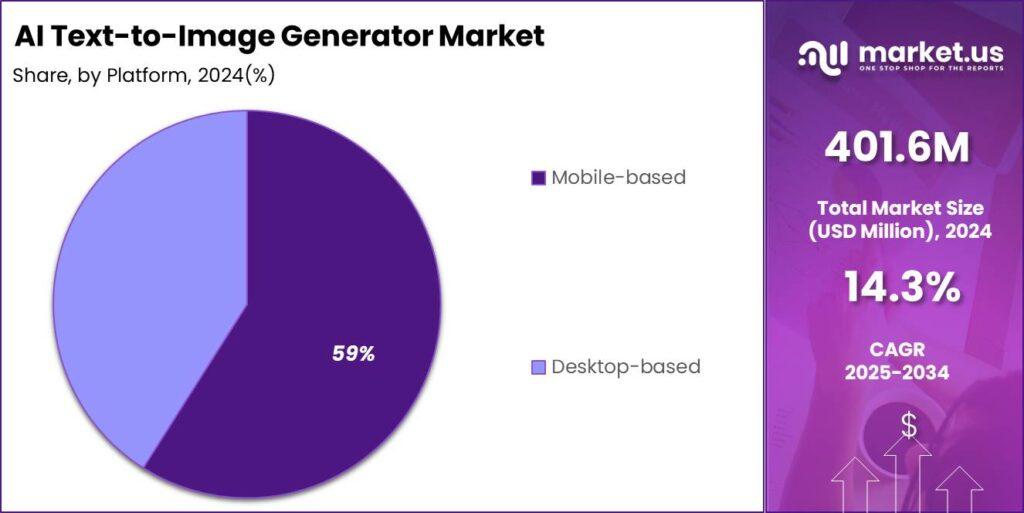The technology landscape of 2024 is being fundamentally reshaped by a select group of companies at the forefront of artificial intelligence development. As traditional tech giants pivot towards AI-centric strategies and new players emerge, the market dynamics reflect an unprecedented concentration of power among firms that control advanced AI capabilities. From semiconductor manufacturing to large language models, these companies are not just participating in the AI revolution – they’re orchestrating it, creating ripple effects across global markets and redefining what it means to be a tech industry leader. In today’s digital landscape, cybersecurity threats continue to evolve at an alarming rate, making it crucial for organizations to implement robust security measures. Multi-factor authentication (MFA) has emerged as a fundamental component of modern security protocols, providing an additional layer of protection beyond traditional password-based systems.
MFA requires users to verify their identity through multiple independent verification methods before gaining access to sensitive information or systems. These verification factors typically fall into three categories: something you know (passwords, PINs), something you have (security tokens, smartphones), and something you are (biometric data like fingerprints or facial recognition).
The implementation of MFA significantly reduces the risk of unauthorized access, even if passwords become compromised. Studies show that organizations utilizing MFA experience 99.9% fewer account compromise incidents compared to those relying solely on single-factor authentication. This dramatic reduction in security breaches demonstrates the effectiveness of MFA as a defensive measure against cyber attacks.
Organizations can choose from various MFA methods based on their specific needs and security requirements. Time-based one-time passwords (TOTP) generate temporary codes through authenticator apps, while hardware tokens provide physical devices that generate secure codes. Biometric authentication offers convenience and enhanced security by utilizing unique physical characteristics for verification.
Financial institutions, healthcare providers, and government agencies have widely adopted MFA to protect sensitive data and comply with regulatory requirements. The implementation process involves careful planning, user training, and consideration of potential impact on workflow efficiency. While some users may initially view MFA as an inconvenience, the benefits far outweigh the minor additional steps required during authentication.
Cloud-based services and remote work environments have further emphasized the importance of MFA. With employees accessing corporate resources from various locations and devices, traditional perimeter-based security measures no longer suffice. MFA provides a scalable solution that adapters to modern work patterns while maintaining security standards.
Recent advances in MFA technology have introduced adaptive authentication, which analyzes user behavior patterns and risk factors to determine the appropriate level of verification required. This risk-based approach optimizes security while minimizing user friction in low-risk scenarios.
The cost of implementing MFA varies depending on the chosen solution and organizational size. However, the investment typically proves minimal compared to the potential financial and reputational damage caused by security breaches. Many cloud service providers now include MFA capabilities in their standard offerings, making adoption more accessible for organizations of all sizes.
As cyber threats continue to evolve, MFA remains a critical component of comprehensive security strategies. Regular assessment and updates of MFA implementations ensure continued effectiveness against emerging threats while maintaining user convenience and operational efficiency.








